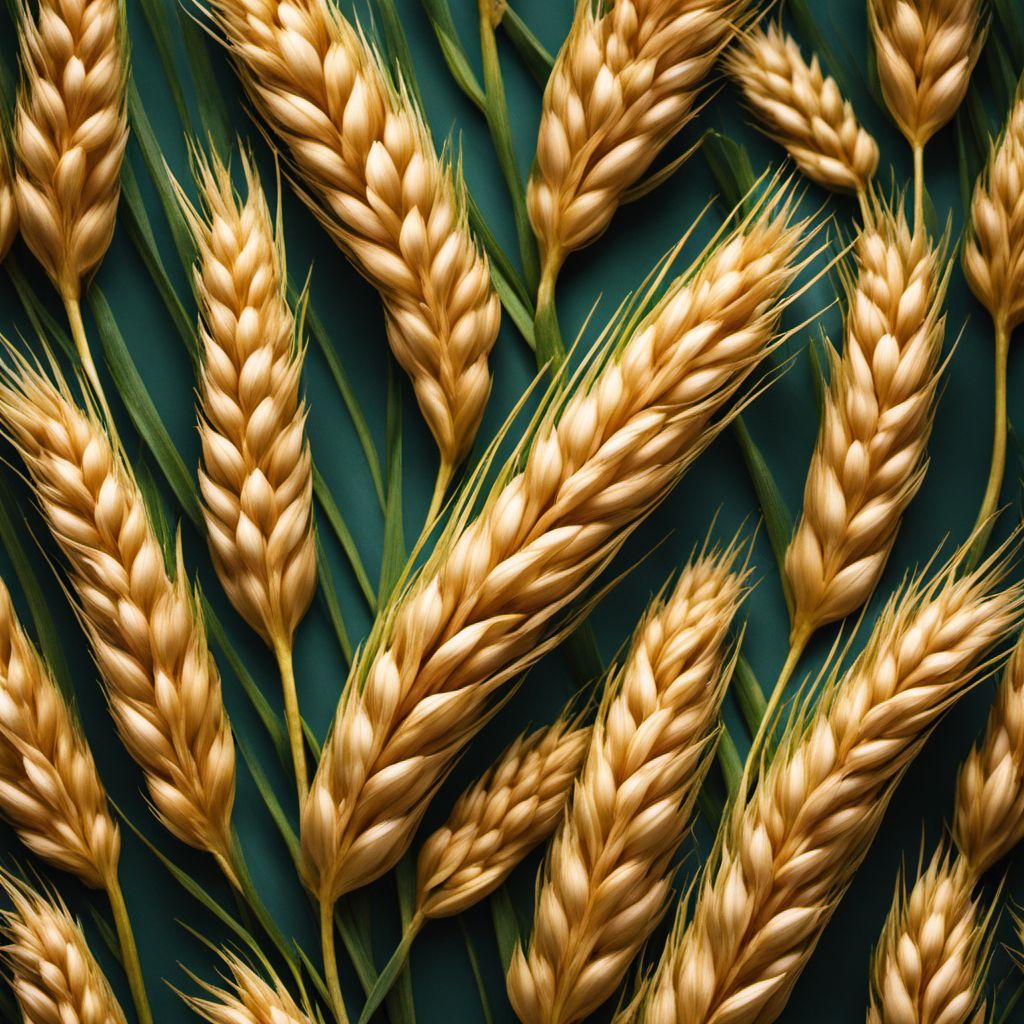
Ingredient
Other species of genus Triticum, not elsewhere mentioned
Ancient Grains: Exploring the Lesser-Known Triticum Varieties
Other species of genus Triticum, not elsewhere mentioned, include lesser-known grains like spelt, emmer, and einkorn. These ancient grains have a nutty and earthy flavor, with a chewy texture. They vary in appearance, from elongated grains to plump kernels, and can be white, red, or brown in color.
Origins and history
The other species of genus Triticum, not elsewhere mentioned, have been cultivated for thousands of years, with their origins traced back to ancient civilizations like the Egyptians and Greeks. These grains played a significant role in the diets of early civilizations and continue to be cherished for their rich history and cultural significance.
Nutritional information
Other species of genus Triticum, not elsewhere mentioned, are rich in dietary fiber, protein, and essential minerals like iron and magnesium. They are also lower in gluten compared to modern wheat varieties, making them a suitable choice for individuals with gluten sensitivities.
Allergens
May contain gluten.
How to select
When selecting other species of genus Triticum, not elsewhere mentioned, look for grains that are plump, intact, and free from moisture or signs of insect damage. Opt for organic or locally sourced varieties whenever possible to support sustainable farming practices.
Storage recommendations
Store other species of genus Triticum, not elsewhere mentioned, in a cool, dry place in airtight containers to maintain their freshness and prevent moisture absorption. Alternatively, refrigerate or freeze them for extended shelf life.
How to produce
Other species of genus Triticum, not elsewhere mentioned, can be grown by amateur gardeners in regions with suitable climates. They require well-drained soil, ample sunlight, and regular watering to thrive.
Preparation tips
Other species of genus Triticum, not elsewhere mentioned, can be cooked and used as a substitute for rice, added to soups and stews, or ground into flour for baking purposes. They can also be sprouted and used in salads or as a nutritious topping for various dishes.
Culinary uses
Other species of genus Triticum, not elsewhere mentioned, are commonly used in traditional dishes of Mediterranean, Middle Eastern, and European cuisines. They are often incorporated into pilafs, bread, pasta, and porridges, adding depth of flavor and nutritional value to the final preparations.
Availability
Commonly available in Mediterranean, Middle Eastern, and European countries.
More ingredients from this category

Tritordeum
The Golden Grain: Unveiling the Wonders of Tritordeum

Durum wheat grain
The Golden Kernel
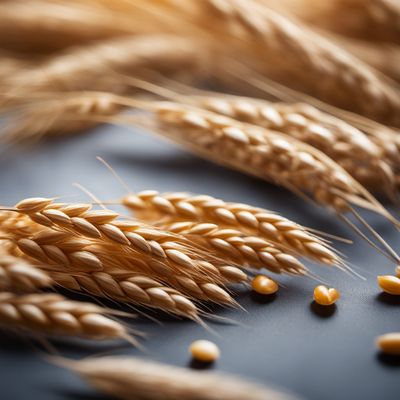
Common wheat grain
The Versatile Staple: Common Wheat Grain

Einkorn wheat grain
Ancient Grains Rediscovered: Einkorn Wheat
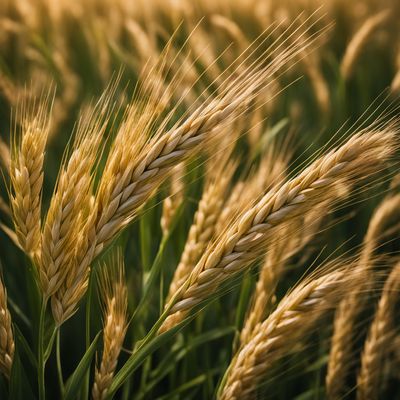
Triticale grain
The Versatile Hybrid: Triticale Grain

Spelt grain
The Ancient Nutritious Grain
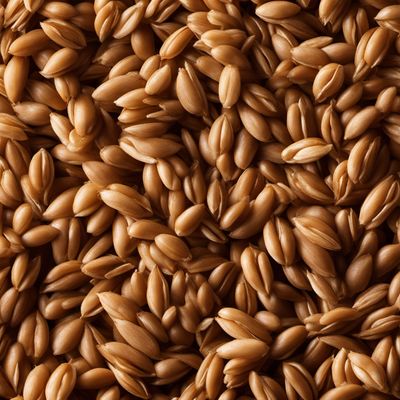
Emmer wheat grain
The Ancient Grain: Emmer Wheat
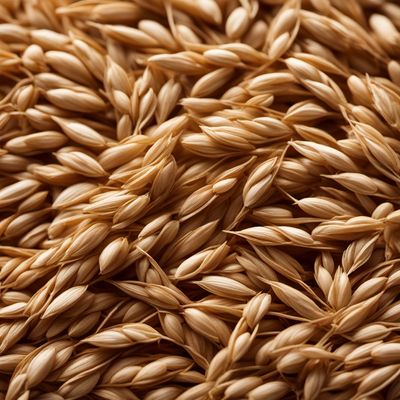
Khorasan wheat grain
The Ancient Nutrient